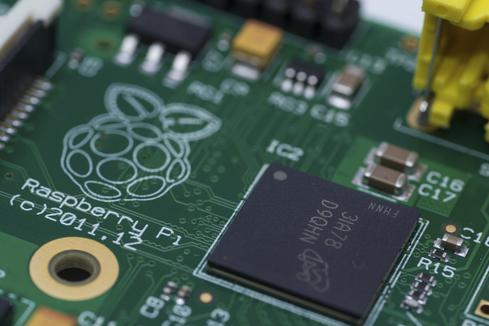IoT Market Forecast At $11 Trillion, Report FindsIoT Market Forecast At $11 Trillion, Report Finds
A new report from McKinsey finds that the market for IoT could reach $11 trillion by 2025. This means a sea change for IT, as well as the CIOs who have to manage budgets.


10 Raspberry Pi Projects For Learning IoT
10 Raspberry Pi Projects For Learning IoT (Click image for larger view and slideshow.)
While there's been a lot of argument over how the Internet of Things will work -- issues ranging from data privacy, to security, to the eventual role of artificial intelligence in our daily lives -- the real economic impact of these technologies remains somewhat elusive.
However, a new report from McKinsey & Company's Global Institute is trying to put a real dollar amount to the global IoT market. In the report's estimation, IoT has the potential to be worth between $3.9 and $11.1 trillion by 2025.
On the top end, that means IoT has the potential to represent just about 11% of the world's economy. The McKinsey study: "The Internet of Things: Mapping the Value beyond the Hype," is a market-focused report, rather than a strictly technical one. Although the IoT concept is so muddied right now, there are several valuable insights in it.
First, the report -- released June 29 -- tries to define what IoT really means, a task that many other have tried, but no one has really agreed to.
The authors define overall IoT as digitizing the physical world, which seems reasonable. They also exclude systems in which all of the sensors' primary purpose is to receive intentional human input, such as smartphone apps, where data input comes primarily through a touchscreen or other networked computer software where the sensors consist of the standard keyboard and mouse.
As the report states: "Our central finding is that the hype may actually understate the full potential of the Internet of Things -- but that capturing the maximum benefits will require an understanding of where real value can be created and successfully addressing a set of systems issues, including interoperability."
So, they profess that IoT shows lots of potential but needs to be engineered to show any true value.
The report also uses a different formula rather than the usual methodology.
It uses bottom-up economic modeling to estimate the economic impact of IoT by the potential benefits it can generate. This includes productivity improvements, time savings, and improved asset utilization, as well as an approximate economic value for reduced disease, accidents, and deaths. The authors admit the estimates of potential value are not equivalent to industry revenue or GDP, because they include value captured by customers and consumers.
The report concludes with nine different scenarios, along with estimated segment valuations:
Vehicles: Autonomous vehicles and condition-based maintenance, with an estimated value of $210 to $740 billion
Cities: Public health and transportation: $930 billion to $1.7 trillion
Outside: Logistics and navigation: $560 billion to $850 billion
Human: Health and fitness: $170 billion to $1.6 trillion
Worksites: Operations optimization, as well as health and safety: $160 billion to $930 billion
Retail environments: Automated checkout: $410 billion to $1.2 trillion
Factories: Operations and equipment optimization: $1.2 billion to $3.7 trillion
Offices: Security and energy: $70 billion to $150 billion
Home: Chore automation and security: $200 billion to $350 billion
The question then is: What does the IoT market mean for IT and for the CIOs who will have to plan corporate strategies around technology that could be worth trillions in just 10 years' time?
[Read about the IoT skills you need.]
The report sees IoT as giving rise to opportunities that can transform existing business models through predictive maintenance, better asset utilization, and higher productivity. The authors also think that new business models will arise, such as remote monitoring, that will enable anything-as-a-service.
In its summary, the report offers a couple of specifics to which IT and CIOs should pay attention. One is that most of the data collected by IoT devices today is not used, and what data is collected is not fully exploited. In addition – and this is important -- B2B applications have much greater potential than consumer ones, meaning IoT is an enterprise application in many ways.
About the Author
You May Also Like






